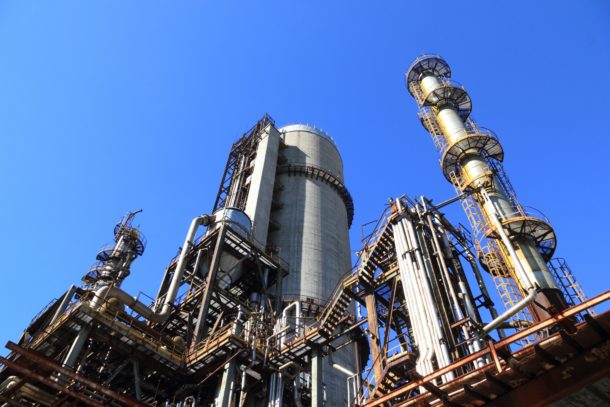The average cost of a heat exchanger ranges between $1000 and $2000, with a ten to twenty-year warranty. As they’re useful in heating and cooling processes, and are predominantly used in petrochemical plants, natural gas processing, refrigeration, etc., it helps to learn a bit more about their handling. Unfortunately, by their very design, the chances of significant fouling are greatly increased, which explains why you need to gain some insight into preventive measures when handling heat exchangers. Are you ready to learn more about this topic? Read further for details.

Excessive fouling
The fouling of heat exchangers results from accumulated deposits (usually unwanted) on the heat transfer surface. When this happens, it can result in a minor or disastrous inconvenience. If minor, all you need is a focus on regular cleaning. On the other hand, a catastrophic inconvenience results in material failure, which means spending a significant sum to repair or replace.
Many people fail to acknowledge that excessive fouling decreases operational performance, which gives room to high energy consumption. To prevent this from happening, firstly choose the right type of heat exchanger. Usually, the best types have corrugated tube designs, which hinder fouling production and progression.
Secondly, as a handler, you need to maintain the right temperature ranges to reduce fouling incidence. In rare situations, a professional may resort to chemical treatment to resolve the issue. The best way, however, is to opt for heat exchangers with fluoropolymer coatings to reduce fouling.
Incorrect material choice
Due to intense competition, especially in this space, some manufacturers use cheaper materials to reduce cost. Unfortunately, this has severe repercussions and proves that cheap sometimes compromises quality. For instance, between stainless steel and carbon steel, the latter is cheaper and more convenient to work with. However, it doesn’t make it the most suitable material choice as carbon steel is predisposed to oxidation and other chemical reactions.
Furthermore, carbon steel tends to be brittle, and even though it’s an excellent thermal conductor, its likelihood to corrode decreases its service life. To avoid these mistakes, it’s recommended to go in for a material that is resistant to wear and tear. Additionally, opt for a material that’s hygienic and convenient to use, such as stainless steel.
Insufficient cleaning and maintenance
Any heat exchanger designed to be serviced easily has a higher cleaning and maintenance probability. This is because If individual components can be removed easily to be inspected, it simplifies the entire process. In other words, a complex or complicated mechanism creates a sense of difficulty.
Regardless of the complex makeup of a heat exchanger, the idea is to make it easy and convenient for assembling and disassembling. Ignoring maintenance of your heat exchanger compromises performance and safety. A worst-case scenario can result in a major problem that requires pricey repair or total replacement.
Indeed, with regular cleaning and maintenance, you avoid creating a significant mishap that could have been prevented in the first place. Choose the less costly way out by sticking to regular cleaning routines.




Join the conversation: